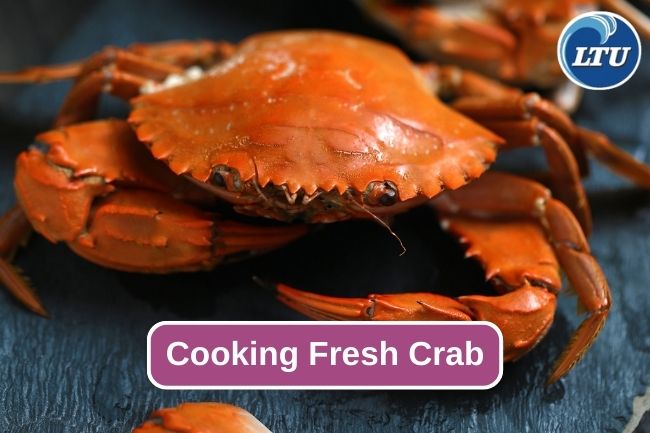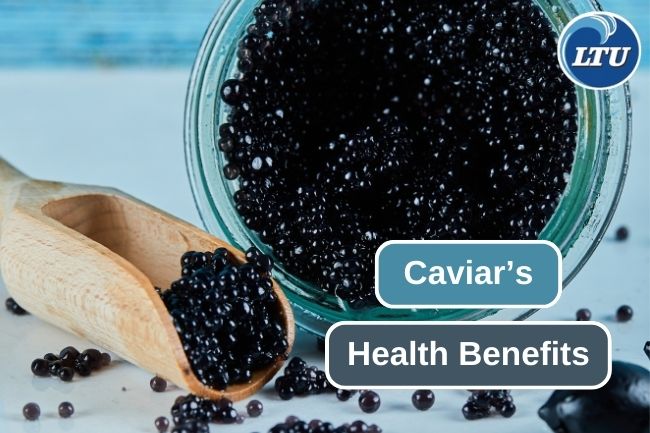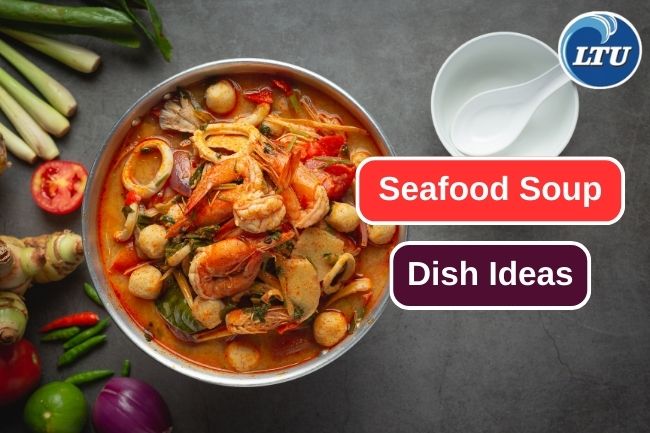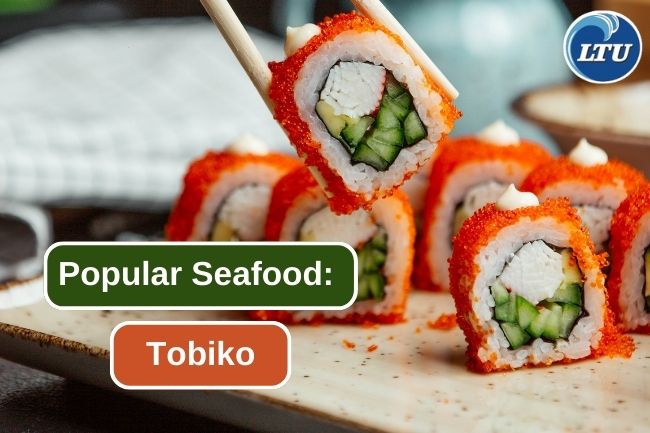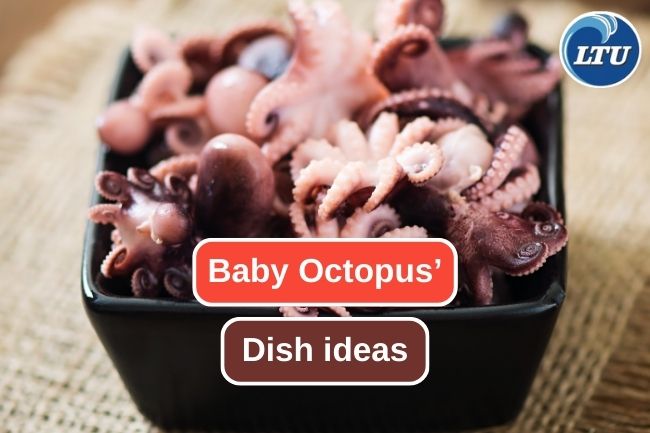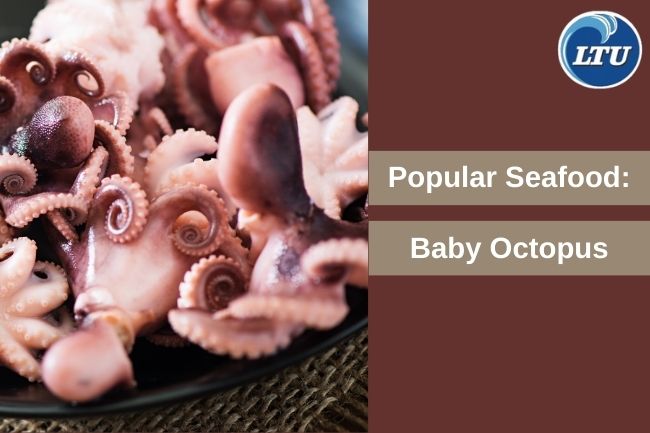Healthy Seafood Cooking Tips You Should Know
By. Nevanda - 20 Oct 2023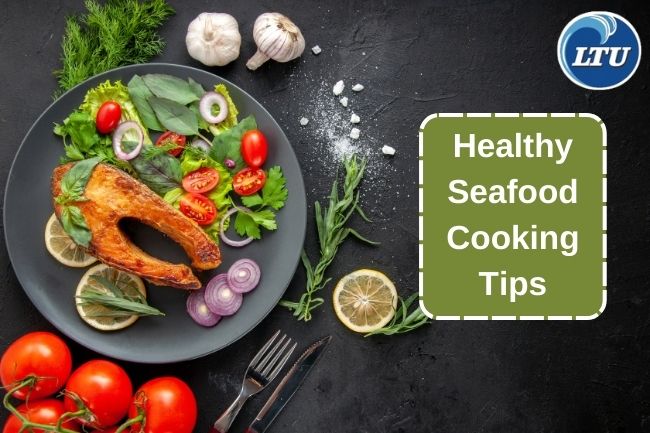
lauttimur.com - Seafood is a nutrient-rich and low-fat source of protein, so many people include it in their healthy diet. However, to maximize the health benefits of seafood, it is very important to cook it with the right techniques. In this article, we will discuss some healthy seafood cooking techniques to preserve the nutrients and flavor of the food.
1. Grilling
Grilling is a healthy way to cook seafood as it doesn't require a lot of oil. You can either hang it on the grill or use a grill pan. This technique allows the natural fat from the seafood to escape as it grills, resulting in a low-fat dish. You can also add spices and herbs to give it a delicious flavor.
2. Boiling
Boiling seafood is a way of cooking it without any added oil or fat. It is a good option to keep the calorie content low. You can boil seafood in vegetable stock or salt water to give it a delicious flavor. Make sure not to boil for too long to avoid losing important nutrients.
Read also: The 10 Best Benefits of Eating Sea Cucumber
3. Steaming
The steaming cooking technique is another healthy way to prepare seafood. It retains the moisture and deliciousness of the seafood without the addition of oil. You can add spices, onions, and lemon while steaming to give it additional flavor.
4. Fry with Olive Oil
If you like your seafood fried, consider using olive oil instead of vegetable oil. Olive oil contains healthy fats that are good for the heart and help preserve the delicious flavor of seafood. Avoid frying seafood in excessive oil.
5. Roast with Spices
Roasting seafood in the oven with added spices and herbs is another healthy way to cook it. It does not require much oil and gives a rich flavor. You can use herbs like garlic, rosemary, thyme, and lemon to enhance the flavor.
6. Pay Attention to Cooking Time
Most types of seafood only require a short cooking time. Do not overcook, as this can strip the seafood of moisture and nutrients. Simply cook until the seafood turns transparent or milky white, depending on the type.
Read also: Supporting Skipjack Tuna Conservation
7. Avoid Deep Frying
Avoid deep frying seafood in oil, as this will add significant fat and calories. This technique does not support a healthy diet.
8. Choose Fresh Seafood
Make sure you choose fresh seafood. Fresh seafood tends to have better flavor and higher nutritional content. Buy seafood from a reliable source and store it properly in the refrigerator.
In cooking healthy seafood, it is important to avoid using excessive oil, sugar, and salt. Also, pay attention to the choice of sauces and seasonings, choosing those that are low in salt and sugar. With proper cooking techniques and good ingredient selection, you can enjoy delicious and healthy seafood as part of your daily diet.
Read also: The Remarkable Range of Pacific Mackerel Distribution


